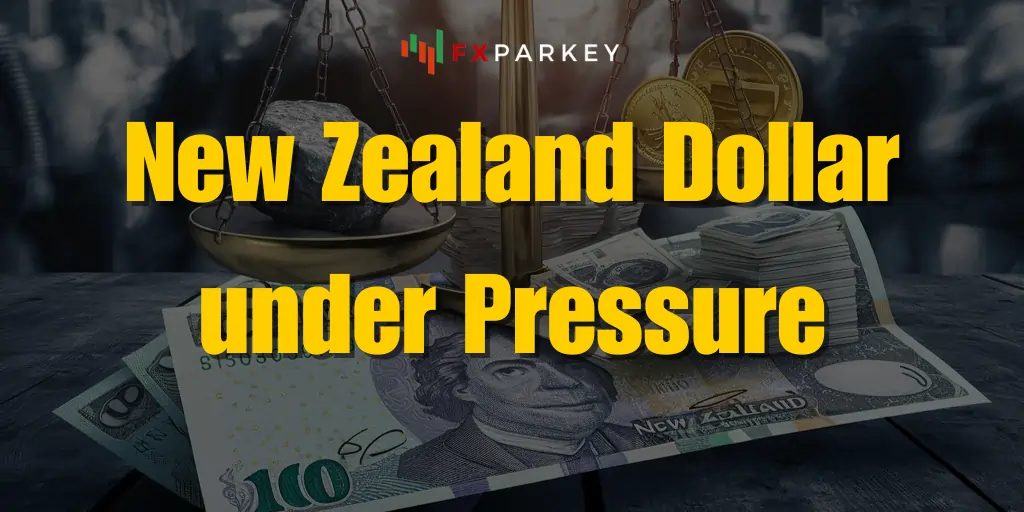
The Reserve Bank of New Zealand Dollar Under Pressure unexpectedly dovish stance has sent shockwaves through the currency markets, causing a significant drop in the New Zealand Dollar (NZD) against the US Dollar (USD). However, the potential for a Federal Reserve pivot could lead to a reversal in this trend. Let's explore the details of this development and its implications for the NZD/USD pair.
RBNZ's Dovish Shift
The RBNZ has signaled a clear shift towards a more dovish monetary policy stance, catching many market participants off guard. In its latest policy statement, the central bank indicated that it is moving closer to cutting interest rates, a stark contrast to its previous hawkish position.

Key points from the RBNZ's statement include
- The headline “Inflation Approaching Target Range” replaced the previous “Official Cash Rate to remain restrictive”
- Acknowledgment that restrictive monetary policy has “significantly reduced consumer price inflation”
- Expectation that headline inflation will return to the 1-3% target range in the second half of the year
- Recognition that government spending will restrain overall economic spending
- Signs that inflation persistence will ease in line with falling capacity pressures and business pricing intentions
These dovish remarks have led to a significant shift in market expectations. Interest rate markets now price in a 60% probability of a rate cut as soon as August 14, up from a one-in-three chance previously.
Impact on NZD/USD
The RBNZ's dovish pivot has had an immediate and substantial impact on the NZD/USD pair:
- NZD/USD fell sharply, losing as much as 0.8% following the announcement
- The pair's decline stalled near the 200-day moving average at 0.60728, an important support level
- New Zealand two-year interest rate swaps plunged 13 basis points to 4.665%, well below the current cash rate of 5.5%
- The kiwi's decline reflects the market's reassessment of New Zealand's interest rate outlook relative to other major currencies, particularly the US dollar.
The Fed Factor | Potential for Reversal
Despite the RBNZ's dovish shift, the NZD/USD pair's future trajectory is not set in stone. A key factor that could spark a reversal is the potential for a dovish pivot from the US Federal Reserve.
The upcoming US Consumer Price Index (CPI) report for June, due on Thursday, could be a game-changer. If the report shows another soft underlying inflation print of 0.2% or less, it could prompt the Fed to signal a less restrictive stance, potentially including looming rate cuts.

Such a development would likely weaken the US dollar across the board, potentially reversing the recent gains against the New Zealand dollar.
Global Economic Context

The NZD/USD movement is occurring against a backdrop of shifting global economic conditions:
- Asian stocks are hovering near two-year highs on growing bets of imminent US rate cuts
- The dollar has shown resilience against other major currencies despite rate cut expectations
- Oil prices have edged lower as the impact of Hurricane Beryl wanes and data reveals subdued consumer demand in China
- These factors contribute to the complex environment in which currency pairs like NZD/USD operate, highlighting the importance of monitoring both domestic and international economic developments.
Conclusion
The RBNZ's dovish shift has undoubtedly put pressure on the New Zealand dollar, as reflected in the NZD/USD pair's recent performance. However, the currency markets are dynamic and responsive to a multitude of factors. The potential for a Fed pivot looms large as a counterbalancing force that could spark a reversal in the pair's fortunes.






